Until 2017, residential development in downtown Newark was largely a figment of developers’ imaginations. Over the decade prior, proposals were ambitious but financing was scarce. The one project that had gained financing, Eleven80, a rehabilitation-and-reuse of a long dormant former office building, had gone into foreclosure in 2009, reemerging several years later as a diamond in the rough, Downtown’s lone successful project. Meanwhile, supporting retail was extremely limited.
However, in 2017, Downtown Newark seems to have finally turned a corner. A new Whole Foods brought the first full-service grocery store to the neighborhood, residential vacancy rates fell, and 400 new rental units were brought to market.
The architecture of the 2017 projects is diverse and generally high quality, ranging from the ground-up new construction of the Richard Meier-designed multi-building Teachers Village, to the mixed use rehabilitation of the 116-year old Hahne’s department store. The building boom has accelerated this year, and will imminently yield over 850 new rental units spread between six developments.
These numbers may be small by New York standards, but they’re transformative for downtown Newark. In 2010, only about 2,000 housing units were counted within the Census blocks coinciding roughly with downtown. By the next decennial Census, that figure will have grown by nearly 90% if counting only units built or currently under construction. There are also additional developments in the works along the periphery of the CBD, most notably in the Ironbound neighborhood east of Newark Penn Station.
Below is a rundown on the most notable residential developments coming to market in 2018.
One Theatre Square
One Theatre Square is that rare building that looks better in real life than in the renderings. The building is a few months from completion, but the residential component is open and leasing of units has begun.
In this age of ubiquitous and often monotonous blue glass, the exterior façade of One Theater Square has a refreshing variety of materials. Blue glass sheathes only the corner of the building, while multi-colored brick covers the sides. It’s a study in contrasts, the coolness of the sleek glass offset by the warmth of the textured brick. Two types of gray spandrels are featured throughout, with smooth uninterrupted metal spandrels on the glass corner and more detailed multi-toned slate on the brick corners. The glass curves gently outward, while the north façade of brick curves gently inward.
The architects did an impressive job giving New Jersey renters what they want – balconies and garage space – without degrading aesthetics. A 285-car parking garage is concealed behind a brick façade that seamlessly integrates with the adjoining apartment tower. Most units have balconies, but they are inset and unobtrusive. HVAC vents are discrete and integrated into the composition. All in all, this is a solid addition to downtown in terms of both design and apartment supply.
One Rector Street / “Shaq” Tower
This 169-unit tower topped-off in April, and workers are now more than three-quarters finished installing the brick siding. The final design for this building appears different from that depicted in renderings. In part this is because the initial plan to restore and incorporate an existing 1890s structure into the base of the new tower apparently proved too costly and was scrapped in favor of ground-up construction. The façade of the tower now under construction also has more brick and less glass than the structure shown in the renderings. This is not inappropriate given Newark’s nickname ‘Brick City.’
Preliminary information from the developer suggests that rentals will be less expensive here than at other new buildings in the area.
Old Bell Tower (540 Broad Street)
Work continues on the conversion of this Ralph Walker-designed 21-story former telephone tower. The development includes 80,000 square feet of office space on the first four floors and 246 rental units on floors 5 – 21. The architecture firm is CetraRuddy, a specialist in Ralph Walker renovations.
CetraRuddy previously handled design work for the conversion of Walker-designed telephone towers in Chelsea and Hell’s Kitchen into ultra-high-end residential buildings, Walker Tower and Stella Tower, respectively. 540 Broad Street will bring Walker’s Art Deco masterpieces to the masses. Admirers of Walker’s detailed compositions without millions of dollars to spend on Manhattan condos will soon be able to rent at 540 Broad Street for a relative pittance.
William Flats (869 Broad Street)
Work is wrapping up on this four-story residential and commercial reuse of a former department store and union headquarters. As previously reported in Jerseydigs.com, 869 Broad Street was rehabilitated by Paramount Assets into 12,000 square feet of ground-floor retail space and 37 apartments above. The development will feature an open-air courtyard at its core. This will be the firm’s second residential rehabilitation in Newark.
Bonnell Building (196-198 Market Street)
Rehabilitation of this long-vacant 1895 seven-story Neo-Renaissance former office building is projected to be completed by October 2018. Brick City Reconstruction is the developer. The finished structure will offer sixteen rental units on floors two through seven and commercial space on the first floor.
Brick City intends to retain two existing first-floor tenants and attract a restaurant to fill remaining space on the ground floor, thus extending the ‘restaurant row’ that has developed over the last five years on the north side of Market Street. The renovation of this building largely worked within the original structure, with the exception of a small addition to provide space for a second stairwell.
Kislak Building (579 Broad Street)
New Orleans rehabilitation specialist Redmellon, Inc. is renovating this midcentury office building. Scheduled for completion in March 2019, the building will offer 38 residential units spread over five existing floors and a newly-built penthouse level. The existing façade will largely be maintained except for minor alterations to the entryways on the first floor.
Subsidy city
The downtown residential boom suggests Newark’s reputation is improving, but by itself, it’s a misleading indicator. Every large residential building in downtown Newark developed in the last fifteen years was built with substantial tax credits and other incentives, which typically amounted to over 20% of project costs. The chart below shows the mix of financing for the seven largest residential developments built downtown in the last fifteen years. The median share of government financing for these projects is 28%. Note that large recent downtown office developments have also received significant subsidies.
Whether or not these subsidies are good public policy, downtown Newark would almost certainly still be a ghost town at night without them. Historic buildings in decrepit condition would almost certainly have been too expensive to rehabilitate without subsidies intended for that purpose. In addition, Newark’s reputation for crime and poverty remains a significant impediment. Attesting to this are the acres of vacant and underused land adjacent to the Broad Street Station, only two stops away from New York Penn Station, as well as the substantial vacancy rates found among the retail space in renovated buildings.
All of that said, downtown Newark is no doubt a neighborhood in transition. Pedestrian traffic in the evening is likely to climb substantially in the next eighteen months. But the area will only truly have turned the corner as a residential neighborhood when investors are willing to finance major projects without government help. At that point, realizing the renderings in this post’s header image should become substantially more feasible.
Subscribe to YIMBY’s daily e-mail
Follow YIMBYgram for real-time photo updates
Like YIMBY on Facebook
Follow YIMBY’s Twitter for the latest in YIMBYnews

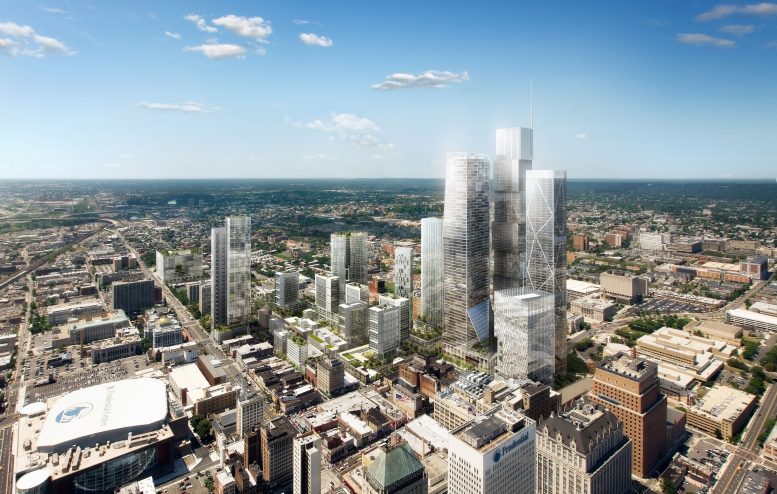
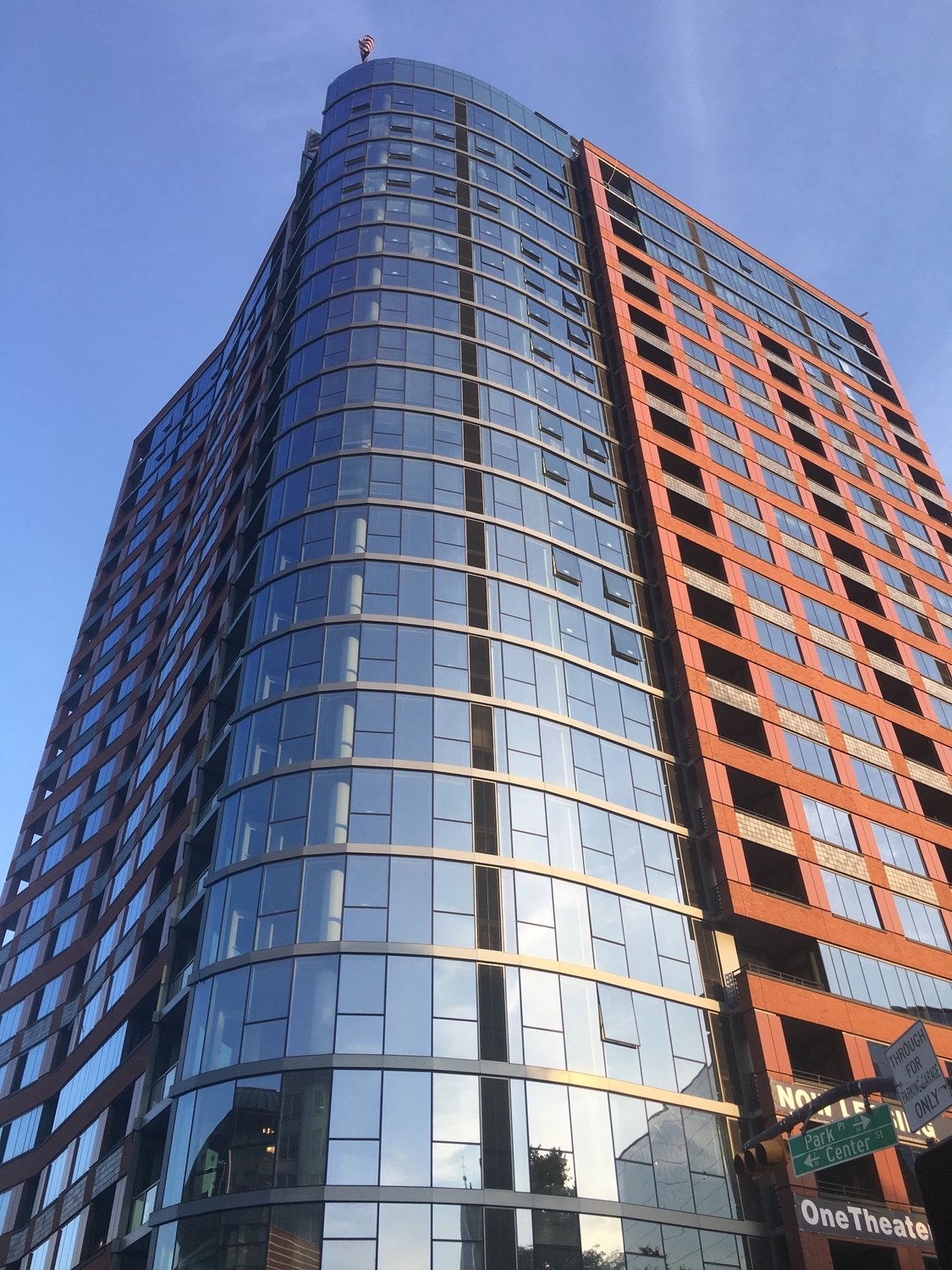
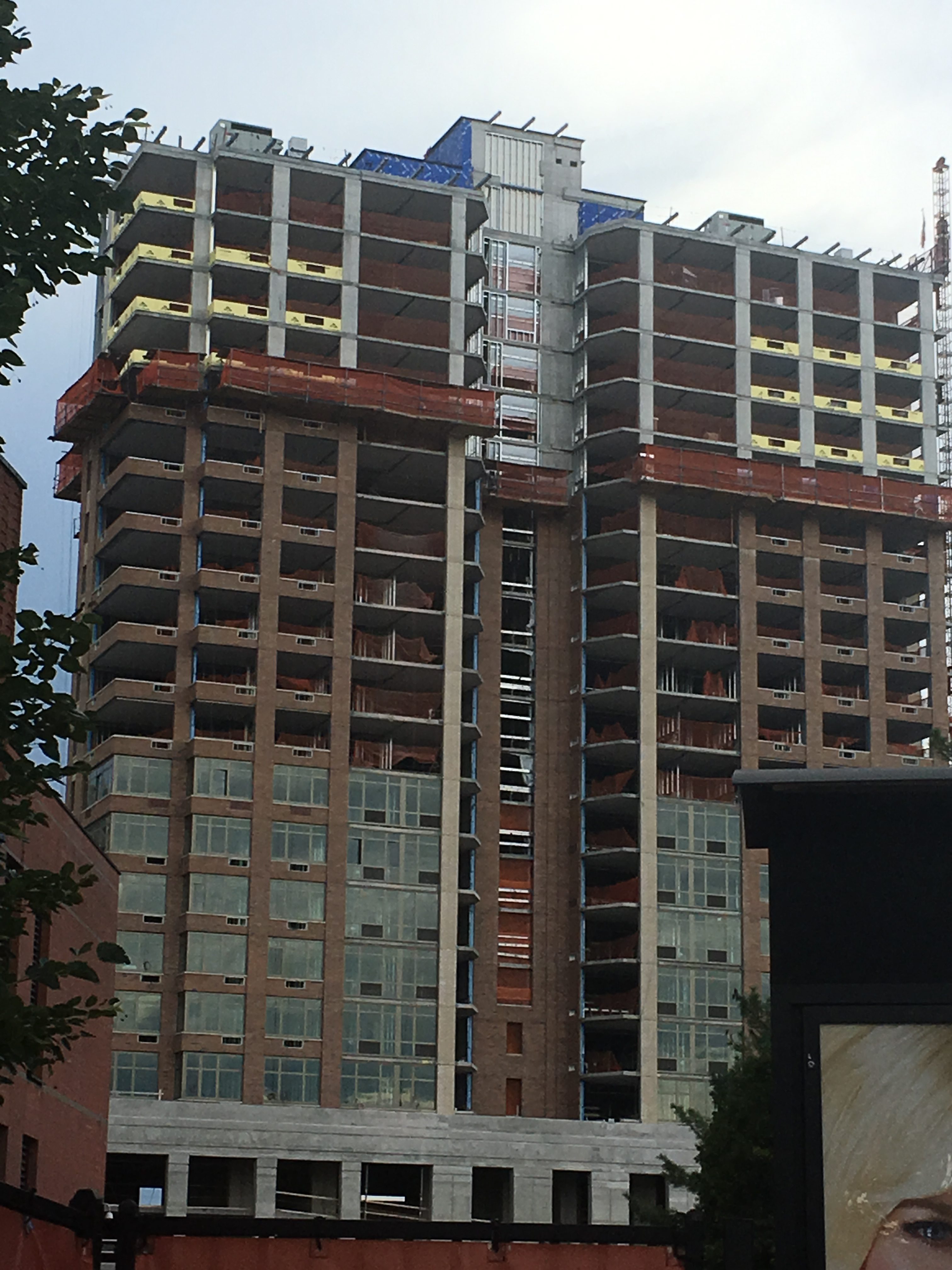
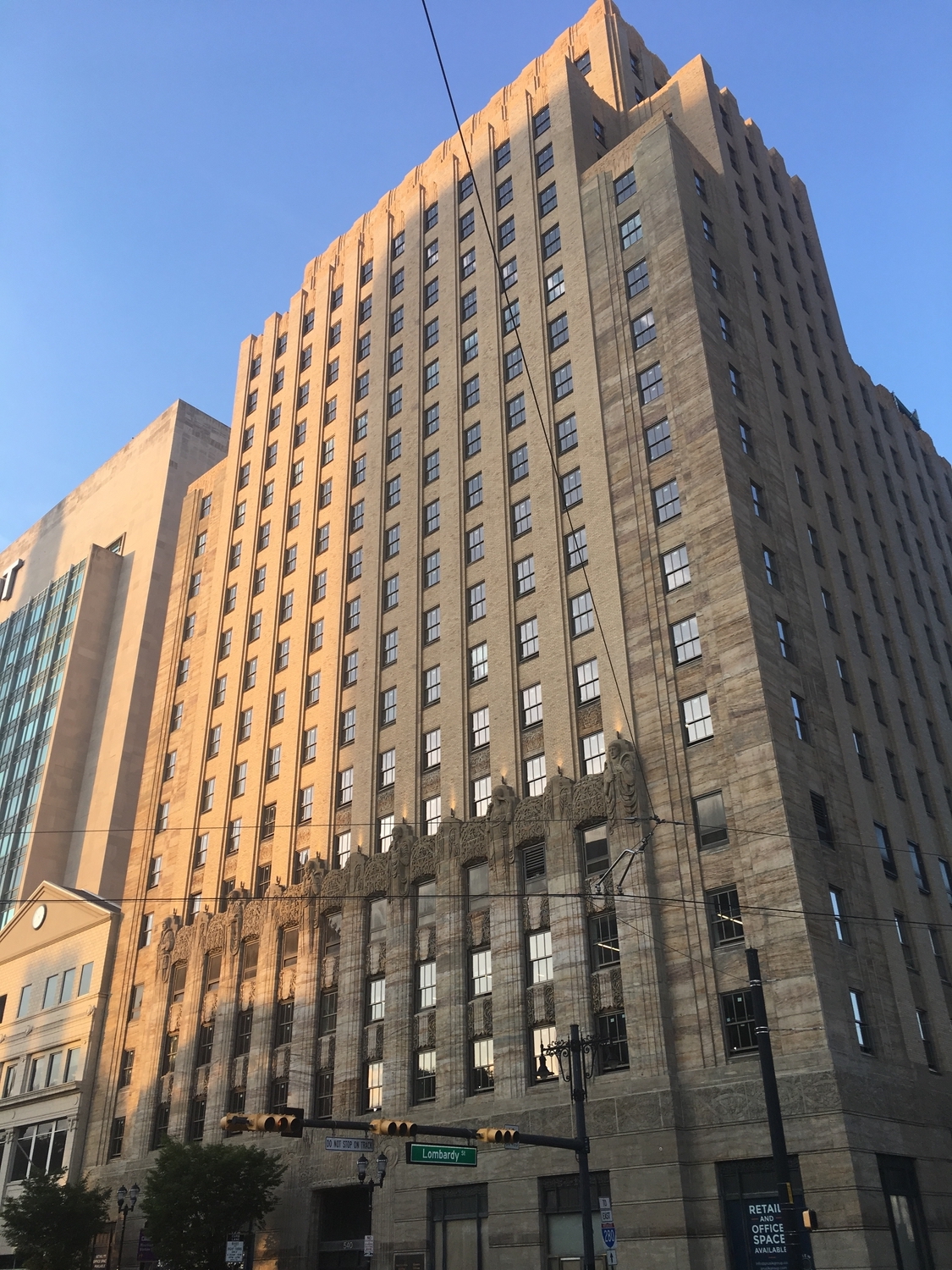


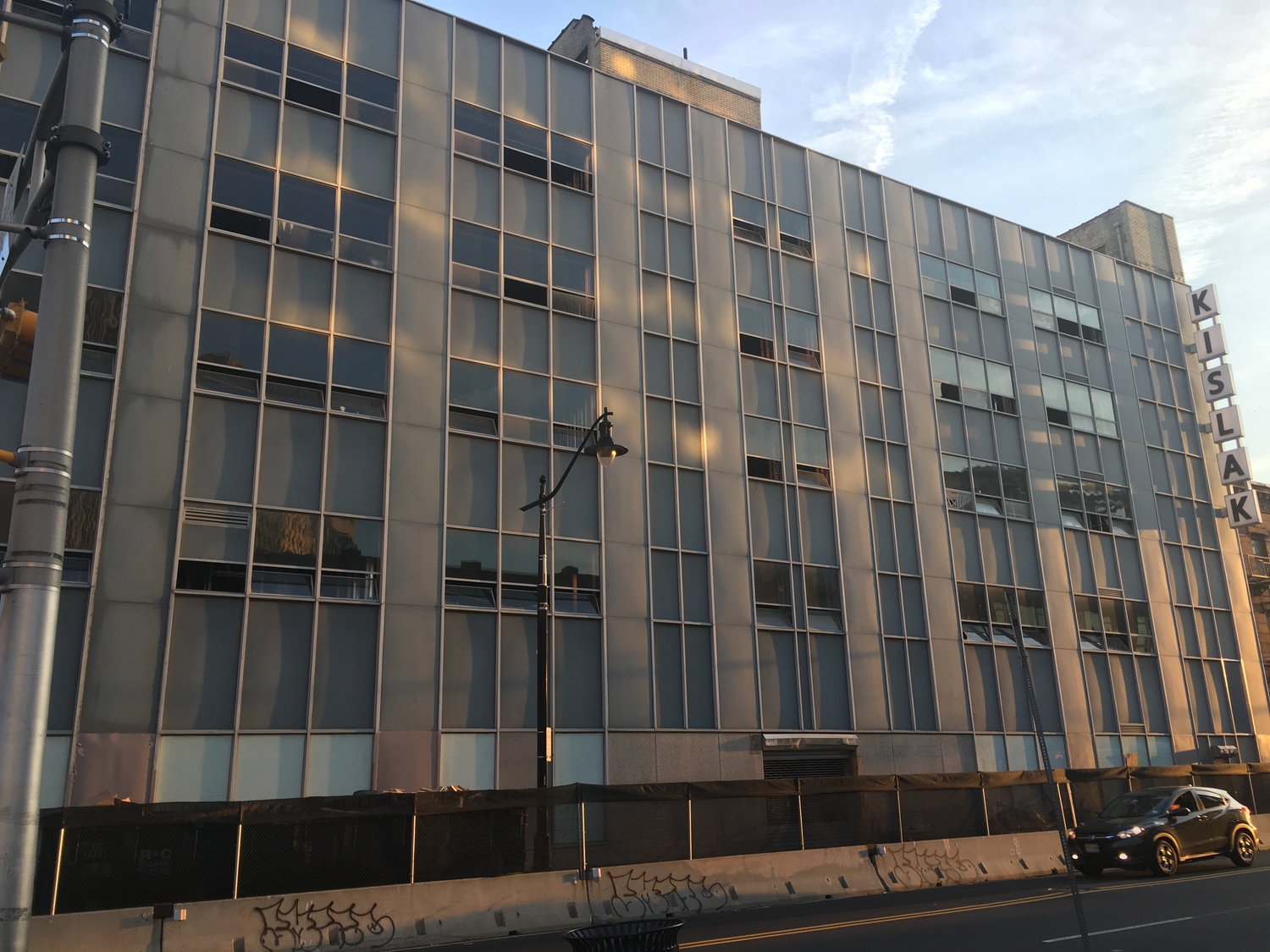
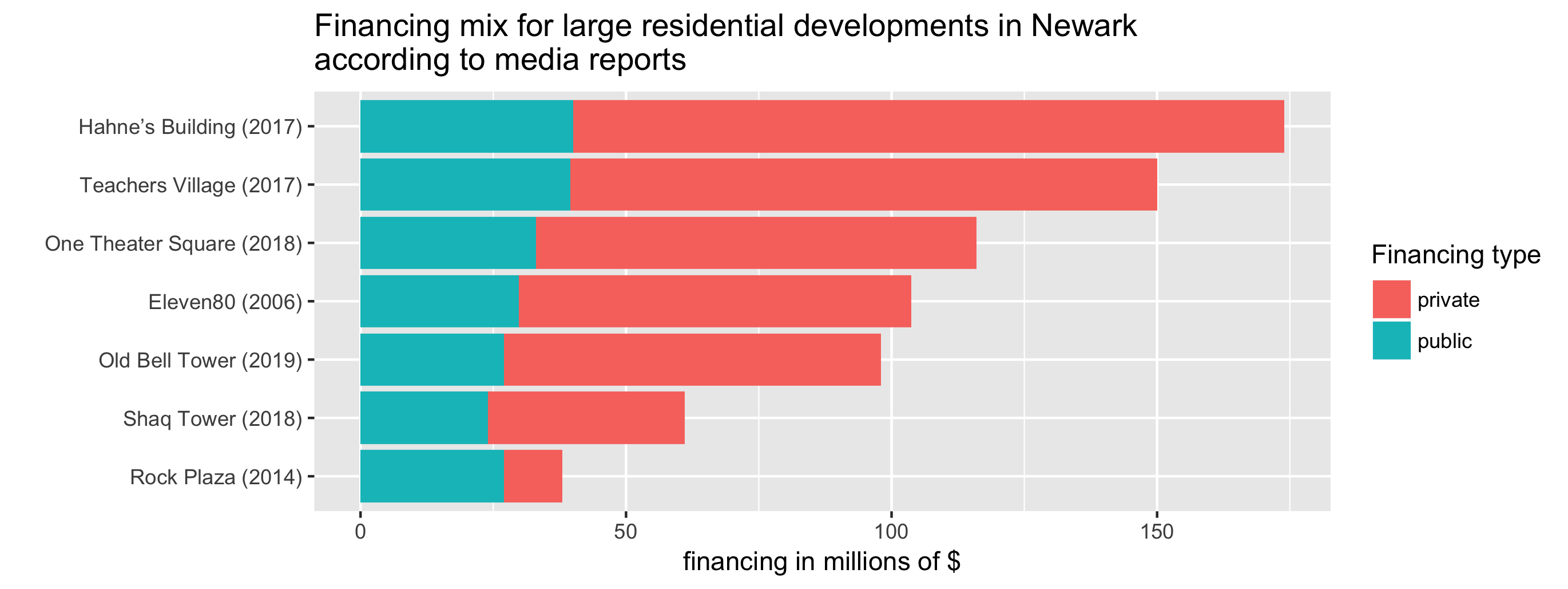
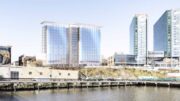
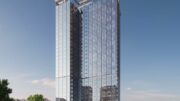
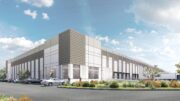
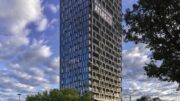
Please pardon me for using your space: Do you like semicircle?
Do your persistent comments have a Straussian interpretation?
Straussian isn’t an actual word… although I do agree with you on the non-interpretive comments made by this David guy.
Your article would have been greatly improved by a street map showing the locations of the buildings cited.
Also, you missed the recent completion of the Rutgers Law School Dormitory at 15 Washington Street, which has rehab construction next door by Audible.
Regarding the map, I agree. I believe the Rutgers dormitory you mention was completed in 2015.
Here’s a map. https://goo.gl/2556ha
May need some reconciling with some developments that you mentioned. It also doesn’t necessarily limit the extent to residential development.
If it ever happens, the new Hudson rail tunnel should help Downtown Newark a lot by making NJT quicker.
What happen to those glass towers on the wallpaper are they being build or another project that the city won’t approved.
No one can understand you.
Restaurant row is on the south side of Market St. not north.
when we want understanding, let’s brush up our Shakespeare and they all know-tow…
Love Newark it has alot of history ,I am so proud seeing my city is doing a comeback .
Nice to see at last. Left Newark the day I was married in 1966.
Left New Jersey in 1979.
Nice to see a start after many many years.
Suspect the building you describe is not for low-middle income?
Well with downtown Jersey City getting very expensive with all the massive skyscraper development in that city, it only makes logical sense to look across Newark Bay into the still deeply troubled and impoverished City of Newark. It is awesome that Newark is starting to turn a corner by attracting new investment both major new construction and historic preservation. Hopefully this will be the end of Newark’s long, painful urban decline and a bright, new beginning for the “brick city”. Now the developers and investors need to head up I-95 north and go to moribund Bridgeport Connecticut and get that troubled city back on its feet.